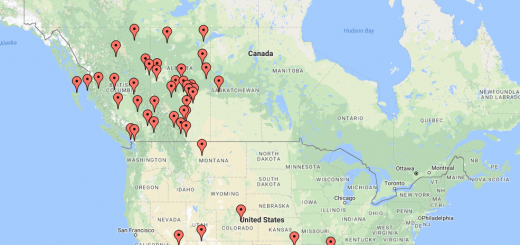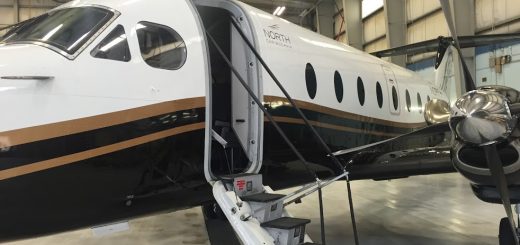Crab and Wing Dip
Been working on the line indoc on the 1900D for a few weeks now and the one maneuver that I’ve been struggling with is crosswind landings – ever my nemesis! All these struggles and shitty landings brought back way too many memories of my struggles with landing the C172 all those years ago.
While I now the procedure down cold, its a heck of a brain activity to get your hands and feet doing what they need to when you are managing a fast and heavy aircraft mere feet off the runway.
Last week, I unfortunately had two really bad landings and the captain even had to take control on a narrow runway to get us back on centerline – boy that felt like a big fail.
Well, all that changed yesterday when I was presented with yet again another tricky landing, good 70 degree cross wind at 8 knots gusting 18. On the decent I talked it through with my training captain and outlined what I was going to do, then I flew the approach very solid and set myself up with the best opportunity to nail it. Fighting the winds right down to the ground, I controlled the landing perfectly executing a very nice procedure I have called the crab and wing dip.
When flying little Cessna planes, pilots typically use a maneuver called a slip in a cross wind landing, meaning that dip the wing into the wind and use rudder pedals to maintain centerline on the runway. Its a pretty neat trick that basically has you cross controlling the airplane to allow it to slip through the crosswinds setting you up for a smooth touchdown landing first on the upwind wheel followed by the downwind and then the nose wheel.
When flying bigger planes such as the 1900 and even all the way up to the jumbo jets, the favored procedure is called a crab. Using this technique, the airplane is pointed into the wind on the entire approach (almost right down to the runway) and then in the flare, the rudder pedal is kicked to bring the plane back on centerline at touch down. While this works really well for the jumbo jets that are very heavy and naturally drop down to the runway despite the winds, for smaller aircraft like the 1900, we have to do one more trick, dip the wing to help deflect the wind off the wings to reduce the lift and counter the action of the wind on the tail which would try to shove the nose of the plane in the opposite direction.
Mission accomplished!




Recent Comments